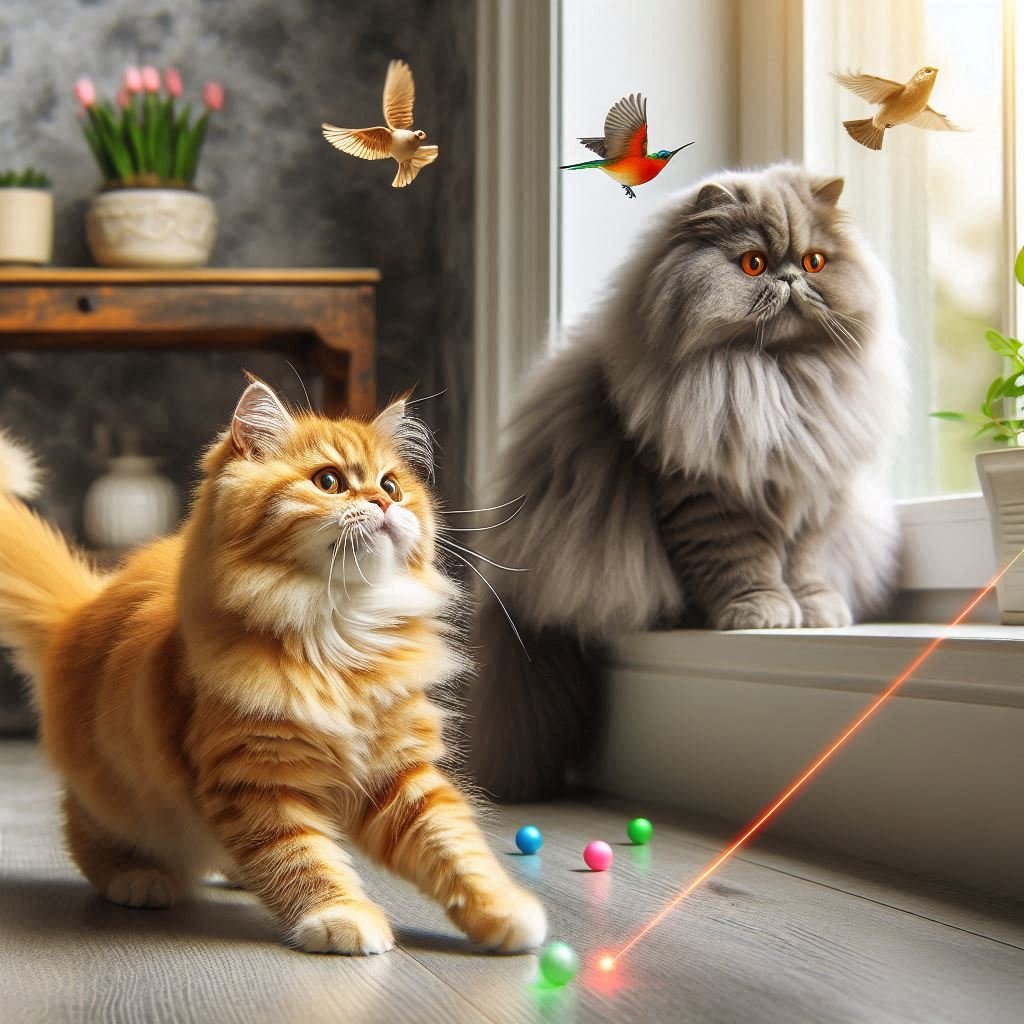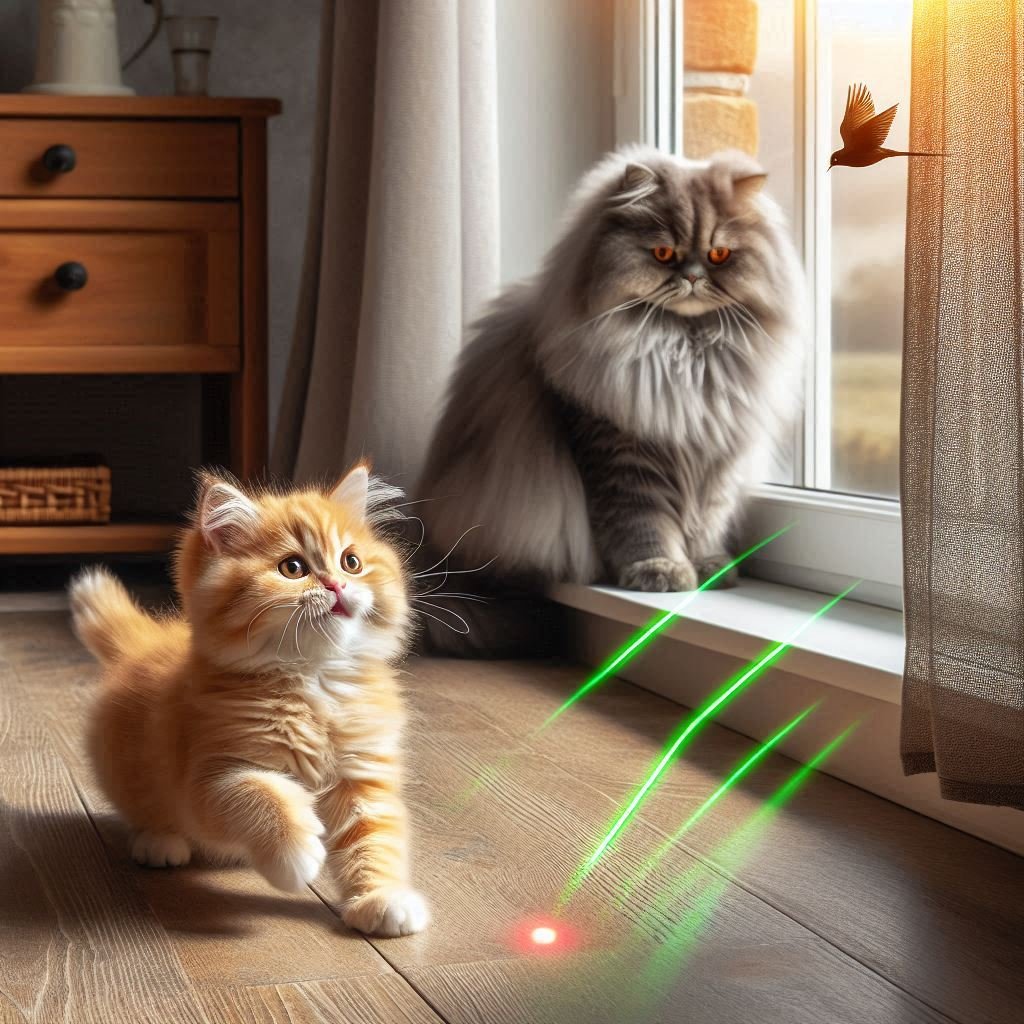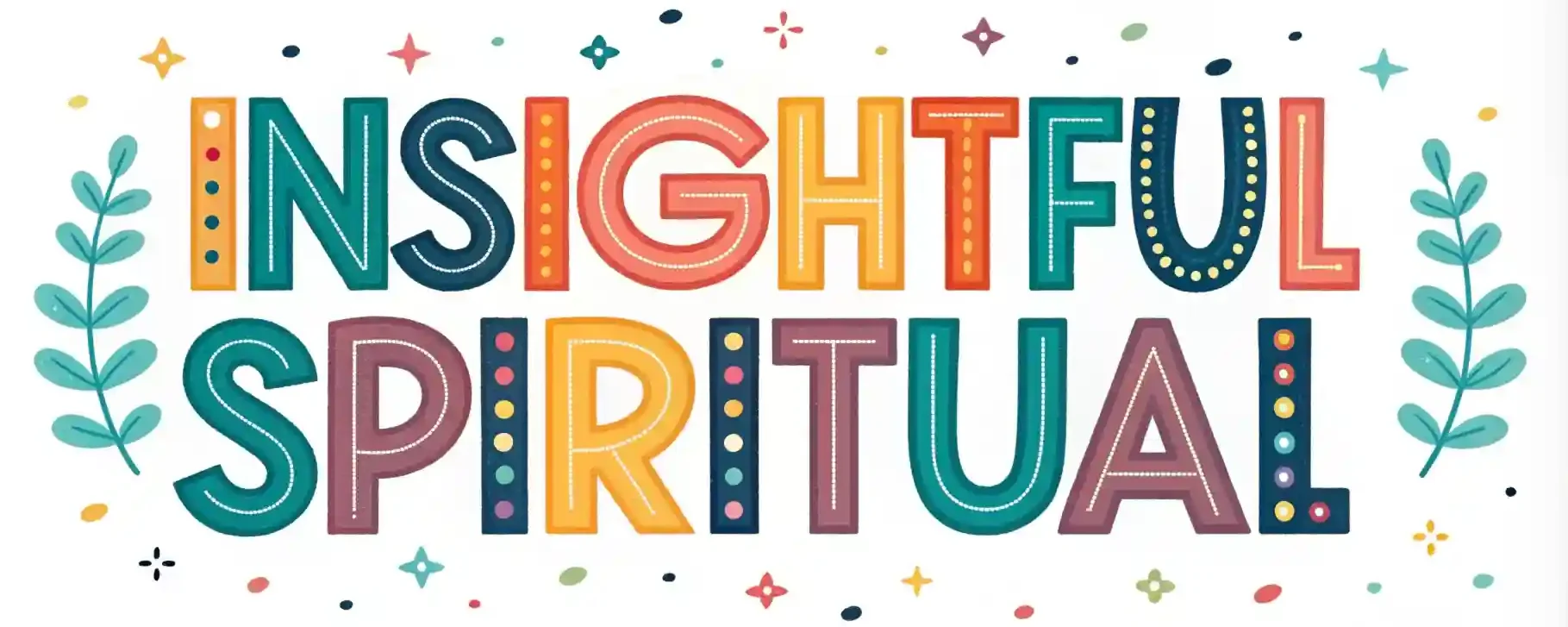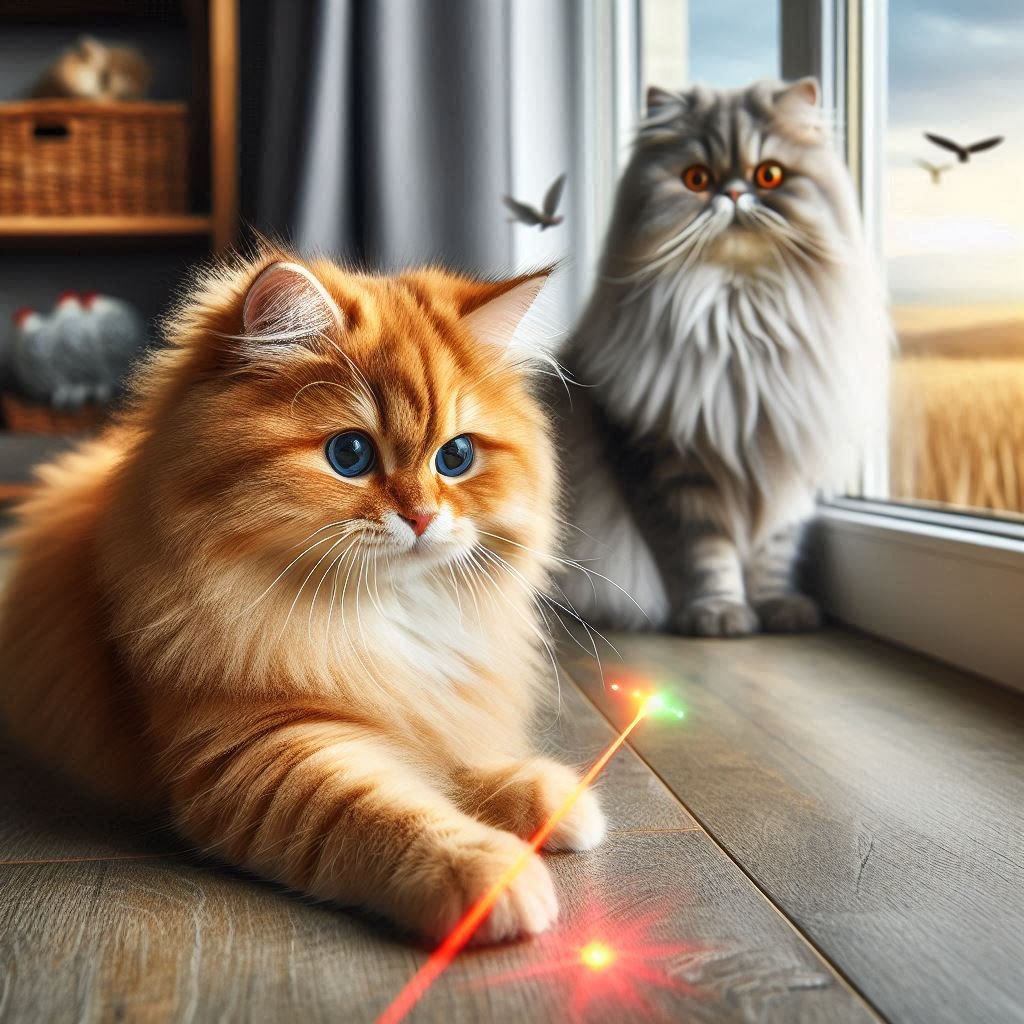Biblical Significance of Cats: Symbols of Mystery and Independence
As you explore the biblical meaning of cats, you’ll discover a complex web of symbolism that’s both fascinating and intriguing. On one hand, cats embody qualities like purity, innocence, and discernment, reflecting their sacred status in ancient cultures.
But on the other hand, they’re also associated with evil and chaos, emerging as dark omens in scripture. What’s behind this dual nature, and how do these contrasting representations shape our understanding of these mysterious creatures?
You’re about to uncover a rich tapestry of symbolism that will challenge your perceptions and leave you wondering what other secrets lie hidden in the biblical narrative.
Biblical Meaning of Cats In a Nutshell
- In biblical context, cats symbolize both good and evil, representing fertility, motherhood, and protection, as well as darkness and chaos.
- The cat goddess Bastet, revered in ancient Egypt, embodies Whisker Wisdom, fertility, motherly love, and protection, reflecting the cat’s sacred status.
- Cats are associated with maternal instincts and feline nurturing, rooted in their ability to care for their young, symbolizing abundance and fertility.
- In contrast, cats also represent evil and chaos in scripture, emerging as dark omens, foretelling impending doom or destruction, and linked to fallen angels.
- The biblical meaning of cats recognizes the significance of their maternal instincts and feline nurturing qualities, while also acknowledging their association with darkness and chaos.
Ancient Egyptian Cat Worship
In ancient Egypt, you’d have been surrounded by felines, revered as deities, and worshiped as symbols of fertility, motherhood, and protection.
These sacred companions were an integral part of daily life, often depicted in art and literature as gentle, benevolent creatures. The Egyptians’ feline reverence was so profound that they worshipped a cat goddess, Bastet, who embodied the qualities of motherhood, fertility, and protection.
You’d have seen images of Bastet in temples, tombs, and even household shrines, often depicted as a woman with the head of a cat.
As you explored the ancient city, you’d have noticed that cats were prized for their ability to hunt vermin, which helped to protect the grain stores and prevent famine.
This practical benefit was likely the origin of their sacred status, but it soon evolved into a deeper spiritual significance. The Egyptians believed that cats possessed a special connection to the divine, and that they could serve as intermediaries between humans and the gods.
This unique blend of practicality and spirituality cemented the cat’s place as a revered and sacred companion in ancient Egyptian society.

Symbolism in Middle Eastern Art
As you venture beyond ancient Egypt, you’ll discover that the symbolism of cats permeates Middle Eastern art, where they’re often depicted as guardians of the threshold, embodying protection, watchfulness, and spiritual insight.
In Middle Eastern iconography, feline imagery is frequently associated with sacred spaces, such as temples and mosques, where they’re believed to ward off evil spirits and harmful energies.
These symbolic representations of cats reflect the cultural significance of these animals in the region, where they’re revered for their agility, stealth, and mysterious nature.
In various forms of Middle Eastern art, including ceramics, textiles, and miniatures, cats are often portrayed in contemplative poses, exuding an aura of serenity and wisdom.
This subtle yet powerful symbolism is meant to evoke a sense of calm and tranquility, inviting the viewer to reflect on the mystical and spiritual dimensions of life.
As you explore the rich tapestry of Middle Eastern art, you’ll find that the symbolism of cats serves as a poignant reminder of the interconnectedness of the physical and spiritual domains.
Associations With Gods and Goddesses
You’ll find that cats are closely tied to various gods and goddesses across Middle Eastern mythologies, where they embody the divine attributes of these deities.
This association elevates the feline to a symbol of Feline Divinity, reflecting the revered status of these mythological figures.
In ancient Egyptian mythology, the cat goddess Bastet embodies Whisker Wisdom, representing fertility, motherly love, and protection.
Similarly, the Mesopotamian goddess Ishtar is often depicted with lions, conveying power, beauty, and ferocity.
These mythological connections underscore the cat’s role as a guardian of sacred knowledge and a bridge between the mortal and divine domains.
As you explore further into these mythologies, you’ll discover that cats aren’t just mere companions but vessels of divine wisdom, carrying the essence of the gods and goddesses they represent.
This sacred bond between cats and deities highlights their significance in ancient cultures, solidifying their position as revered creatures worthy of admiration and respect.

Fertility and Motherhood Representations
Through their mythological connections, cats embody the essence of fertility and motherhood, serving as potent symbols of reproductive power and nurturing instincts.
As you explore the symbolism surrounding cats, you’ll discover that they’re often associated with maternal instincts and feline nurturing. This connection is rooted in their ability to care for their young, often sacrificing their own well-being for the sake of their kittens.
In ancient Egyptian mythology, the cat goddess Bastet was revered as a symbol of fertility, motherhood, and protection. Similarly, the Greek goddess Artemis was often depicted with a cat, emphasizing her role as a protector of young women and a guardian of childbirth. In many cultures, cats are seen as a symbol of abundance and fertility, reflecting their ability to produce large litters and nurture their young with devotion.
As you examine the biblical meaning of cats, recognizing the significance of their maternal instincts and feline nurturing qualities is crucial. These traits not only reflect their natural behavior but also serve as powerful symbols of reproductive power and care. By embracing these aspects of cat symbolism, you’ll gain a deeper understanding of their role in religious and cultural contexts.
Evil and Chaos in Scripture
In stark contrast to their benevolent associations with fertility and motherhood, cats also embody evil and chaos in scripture, emerging as malevolent entities that disrupt divine order.
You may wonder how these seemingly opposing representations coexist in biblical narrative. As you plunge deeper, you’ll discover that cats are often depicted as dark omens, foretelling impending doom or destruction.
In some instances, they’re linked to fallen angels, symbolizing the corrupting influence of evil on humanity. The cat’s nocturnal nature and stealthy movements may have contributed to its association with the mysterious and the unknown, further solidifying its connection to the darker aspects of existence.
You’ll notice that these malevolent representations are often tied to specific biblical events or figures, such as the Egyptian cat goddess Bastet, who’s sometimes seen as a symbol of paganism and idolatry.
Cat Mythology in Bible Times
As the biblical narrative unfolded, the mythology surrounding cats in ancient Near Eastern cultures, such as Egypt and Mesopotamia, exerted a profound influence on the symbolism and connotations attached to these animals in scripture.
Cats were seen as sacred creatures, often associating them with feline deities and mystical powers.
In these ancient societies, cats were seen as omens, with their whisker movements believed to hold secrets of the divine.
This mythology seeped into the biblical narrative, shaping the way cats were perceived and represented in scripture.
Cats are often depicted as mysterious and elusive, reflecting the enigmatic nature of these ancient mythologies.
Some key aspects of cat mythology in Bible times include:
- The Egyptian goddess Bastet, often depicted as a cat or lioness, was associated with fertility, motherhood, and protection.
- In Mesopotamian mythology, the cat was seen as a symbol of the goddess Ishtar, representing love, war, and fertility.
- The whiskers of cats were believed to hold prophetic significance, with their movements thought to foretell future events.
Spiritual Significance of Cat Behavior
You observe that cats exhibit a range of behaviors that have been imbued with spiritual significance across cultures and traditions.
Their independent nature, for instance, is often seen as a symbol of self-reliance and inner strength. In many spiritual traditions, cats are revered for their ability to navigate the unknown, relying on their intuition and Whisker Wisdom to guide them through the darkest of times.
Their agility and stealth are also seen as manifestations of spiritual agility, allowing them to dodge and weave through life’s challenges with ease.
Their vocalizations, too, hold spiritual significance.
A cat’s purr, for example, is often considered a Purrfect Omen, signaling contentment, peace, and even healing.
In some cultures, a cat’s meow is believed to carry prayers to the divine, while its hiss is seen as a warning against negative energies.
By observing and reflecting on these behaviors, you may find yourself drawn into a deeper understanding of the spiritual domain, and the ways in which the natural world can guide and inspire you.
As you gaze into the eyes of your feline companion, you may just catch a glimpse of the mystical, and the sacred.
Survival and Adaptability in Harsh Environments
By thriving in environments that would be hostile to many other species, cats have evolved an extraordinary capacity for survival and adaptability that can inspire valuable lessons for human coping strategies.
You, too, can learn from their remarkable ability to flourish in harsh conditions.
Cats’ desert resilience is evident in their ability to survive without water for extended periods. This is achieved through efficient kidney function and a unique metabolism that allows them to conserve water.
Similarly, their wilderness cunning enables them to traverse treacherous terrain with ease, using their agile bodies and sharp instincts to evade predators.
Some key takeaways from feline survival strategies include:
- Conservation of resources: Cats have honed their ability to conserve energy and resources, teaching us the importance of frugality in our own lives.
- Adaptability in uncertainty: Cats’ ability to thrive in unpredictable environments shows us that we, too, can adapt to unexpected challenges.
- Stealth and agility: Cats’ quiet, nimble movements demonstrate the value of subtlety and quick reflexes in traversing difficult situations.
Biblical References to Lion Behavior
In examining the symbolic significance of lions in biblical narratives, their majestic yet ferocious nature is frequently invoked to convey moral lessons and divine attributes. You’ll notice that lions embody primal power, symbolizing God’s mighty hand in shaping human destiny. The prophet Isaiah, for instance, likens God’s judgment to a lion’s roar, emphasizing the awe-inspiring authority of the divine (Isaiah 5:29-30).
When you probe deeper into the biblical accounts, you’ll discover that lions are often associated with regal authority, illustrating the majesty and sovereignty of God. In 1 Kings 10:18-20, Solomon’s throne is adorned with lions, signifying his divine right to rule. Similarly, the lion-like appearance of the cherubim in Ezekiel 1:5-14 and 10:1-22 underscores God’s throne as the source of power and authority.
As you explore these biblical references to lion behavior, you’ll gain a deeper understanding of the symbolic significance of these majestic creatures. By examining their primal power and regal authority, you’ll uncover the profound moral lessons and divine attributes conveyed through their representation in scripture.
Uncovering Symbolic Meanings in Scripture
As scripture interpreters, deciphering symbolic meanings requires a nuanced understanding of the cultural, historical, and literary contexts in which these symbols were used.
You’ll need to plunge deeper into the Bible’s rich tapestry to uncover the symbolic meanings hidden within its verses.
When exploring the biblical meaning of cats, you’ll encounter a range of symbolic associations.
- Divine companionship: In Scripture, cats are often depicted as companions to deities, symbolizing a deep connection with the divine.
- Purity and innocence: Cats are also associated with purity and innocence, as seen in their meticulous grooming habits.
- Stealth and discernment: With their agile bodies and sharp instincts, cats embody stealth and discernment, reminding us to approach life with caution and wisdom.
Frequently Asked Questions
Do Cats Symbolize Good or Evil in Biblical Scripture?
As you ponder whether cats symbolize good or evil, consider that these mystical creatures have been revered as divine companions and furry guardians across ancient cultures, their symbolism shifting depending on the context.
Are Black Cats Considered Bad Omens in Christianity?
You’ll find that black cats are often viewed as bad omens in Christianity, rooted in folklore superstitions that associate them with dark magic, witchcraft, and misfortune, perpetuating a negative connotation in many cultural traditions.
How Do Cat’s Independence Relate to Biblical Teachings?
As you ponder the feline’s independence, you’ll find that their free spirits and solitary nature resonate with biblical teachings on individuality and self-reliance, echoing the importance of personal responsibility and autonomy in one’s spiritual journey.
Can Cats Be Seen as a Symbol of Spiritual Growth?
As you ponder spiritual growth, you may find that cats embody aspects of it, serving as faithful companions that tap into your inner wisdom, encouraging self-reflection and introspection, much like the quiet contemplation that fosters profound personal evolution.
Do Biblical Stories Feature Cat-Like Animals as Messengers?
You’ll find that ancient texts often feature wild messengers, like lions and leopards, serving as Angelic guides, conveying divine messages to prophets and leaders, a legacy to their symbolic significance in conveying spiritual truths.

Hi, I’m Aurelia Starfrost, your spiritual guide at InsightfulSpiritual.com. I love exploring ancient wisdom and modern practices to help you on your journey. With a focus on meditation and energy healing, I’m here to guide you to find solace within and discover your spiritual essence.







